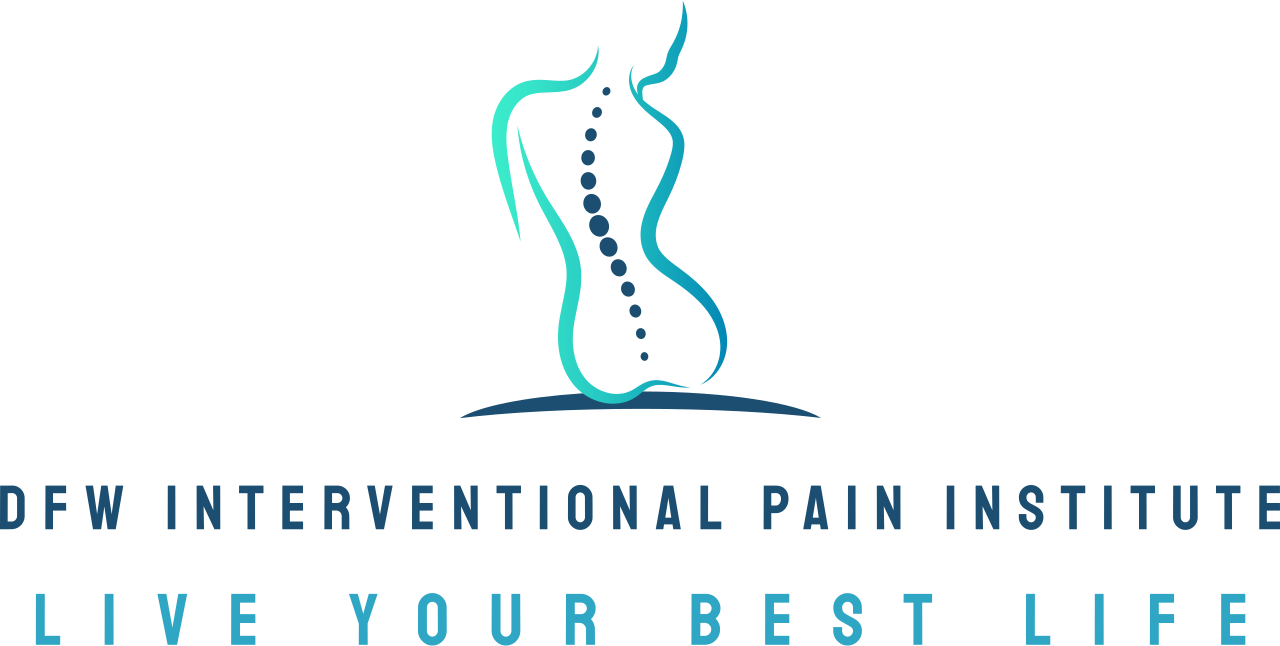Everything you need to know about kyphoplasty
Living with back pain from a vertebral compression fracture (VCF) can be disabling, making even simple movements feel excruciating. For individuals suffering from this condition, Dr. Edrick Lopez often recommends kyphoplasty, a minimally invasive procedure that we've seen great results with in our patients.
This blog post breaks down everything you need to know about kyphoplasty, from understanding its purpose to exploring its benefits and beyond. Whether you've just begun your research or are seriously considering the procedure, this guide will help you determine if kyphoplasty is the right solution for your back pain.
What is kyphoplasty?
Kyphoplasty is a minimally invasive back surgery designed to treat vertebral compression fractures. These fractures occur when the bones in your spine (vertebrae) collapse, often leading to severe pain, limited mobility and posture issues.
During the procedure, a specialized balloon is inserted into the fractured vertebra to create space, which is then filled with medical-grade bone cement. This process stabilizes the bone, restores spinal alignment and effectively relieves pain. Kyphoplasty is not only highly effective but also boasts a shorter recovery period compared to traditional surgeries.
Understanding vertebral compression fractures
What causes vertebral compression fractures?
The most common causes of these fractures include osteoporosis, trauma or advanced cancer that weakens the vertebrae. Osteoporosis, a condition that reduces bone density, is particularly prevalent among postmenopausal women and older adults, making them especially vulnerable.
Symptoms of vertebral compression fractures
If you've been experiencing any of the following, you may be dealing with a compression fracture:
Sudden or severe back pain that worsens with movement
Loss of height or a noticeable curve in the spine (kyphosis)
Reduced mobility and difficulty performing daily activities
How these fractures impact daily life
Living with a vertebral compression fracture can severely affect your quality of life. Simple tasks such as standing, bending, or lifting can become painful, limiting your ability to work, exercise, or even engage in leisure activities. Without treatment, these fractures can lead to long-term issues like chronic pain or spinal deformities.
The benefits of kyphoplasty
Kyphoplasty offers a number of advantages for individuals suffering from vertebral compression fractures.
1. Quick pain relief
Patients often report immediate relief from back pain following the procedure. By stabilizing the fractured vertebra, kyphoplasty alleviates the pressure on surrounding nerves and tissues that contribute to discomfort.
2. Restoration of spinal alignment
Left untreated, compression fractures can result in a hunched or "stooped" posture (kyphosis). Kyphoplasty corrects this by restoring the vertebra to its natural height, preserving the spine's proper alignment.
3. Improved mobility
Chronic back pain can be debilitating, restricting your ability to move freely. By relieving pain and stabilizing your spine, kyphoplasty can significantly enhance your mobility, allowing you to resume daily activities.
4. Long-term stability
The bone cement used in kyphoplasty not only repairs the fracture but also reinforces the vertebra, reducing the risk of future fractures. This strengthens the overall structure of your spine and supports long-term spinal health.
5. Minimally invasive with low risk
Since kyphoplasty requires only small incisions, it offers a quicker recovery time and less post-operative discomfort compared to open-back surgeries. It is also associated with a low risk of complications, making it a safe option for many patients.
How kyphoplasty works
Understanding the procedure can ease much of the anxiety patients often feel before surgery. Here’s what to expect in a typical kyphoplasty process at DFW Interventional Pain Institute.
Step 1: Pre-surgery preparation
Before the procedure, Dr. Lopez and our staff will conduct a thorough evaluation, including X-rays or MRIs, to confirm the presence and severity of vertebral compression fractures. You'll be given detailed instructions to prepare for surgery, such as fasting requirements or adjustments to your current medications.
Step 2: The procedure
During kyphoplasty, a small incision is made in your back. A narrow tube is inserted into the fractured vertebra under imaging guidance. Through this tube, a balloon is inflated to create space, which is then filled with bone cement. The cement hardens quickly, stabilizing the vertebra and alleviating pain.
Step 3: Post-surgery recovery
The procedure typically lasts about an hour per vertebra treated and is often performed on an outpatient basis. Patients are usually able to resume light activities within a day or two after surgery, with most experiencing immediate pain relief.
Who can benefit from kyphoplasty?
While kyphoplasty is not suitable for every back pain sufferer, it is an excellent option for individuals with:
Recent vertebral compression fractures (within the last three months)
Significant pain that hasn’t improved with non-surgical treatments like physical therapy or pain medications
Spinal deformities caused by fractures, such as kyphosis
However, the procedure may not be recommended for individuals with severe spinal instability, infections or blood clotting disorders. Consulting with a specialist is crucial to determine if you’re the right candidate for kyphoplasty.
Post-operative care and long-term results
Recovery tips
Follow your doctor's instructions for resuming physical activity and avoid heavy lifting during the recovery period.
Attend follow-up appointments to monitor the success of the procedure and address any concerns.
Maintaining spine health
To protect your spine and minimize future fractures, adopt a lifestyle that promotes bone health. This includes:
A balanced diet rich in calcium and vitamin D
Regular weight-bearing exercise to strengthen bones and muscles
Avoiding smoking and excessive alcohol consumption, which can weaken bone density.
Patients who follow these guidelines often report sustained pain relief, improved mobility and enhanced quality of life after kyphoplasty.
Is kyphoplasty right for you?
If debilitating back pain is holding you back from enjoying life, kyphoplasty could be the solution you’ve been searching for. Its ability to provide immediate pain relief, restore spinal alignment and enhance mobility has made it a game-changer for thousands of back pain sufferers.
At DFW Interventional Pain Institute, our team specializes in helping patients reclaim their lives through innovative pain management solutions like kyphoplasty. Schedule a consultation with us today to find out if the procedure is right for you.

